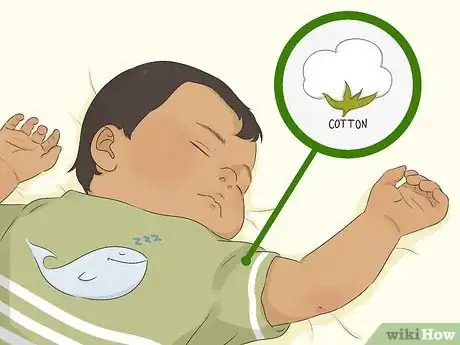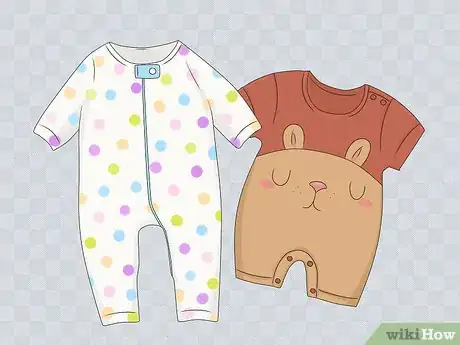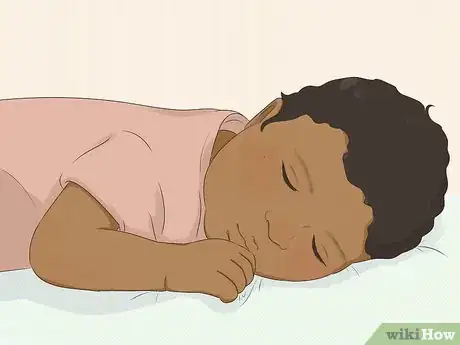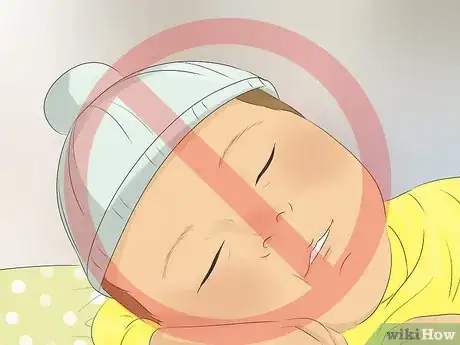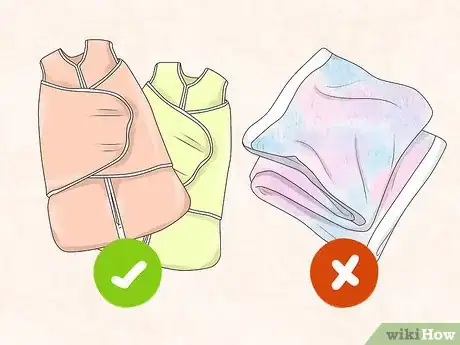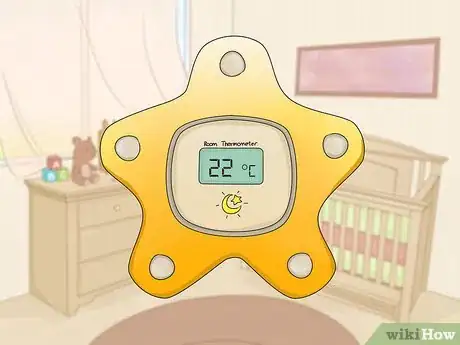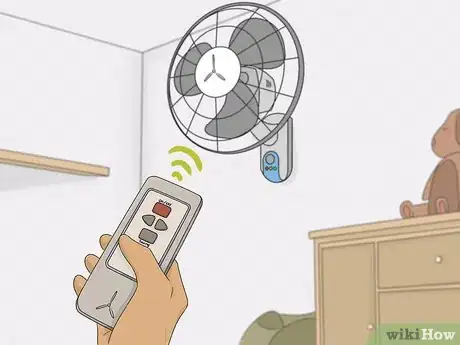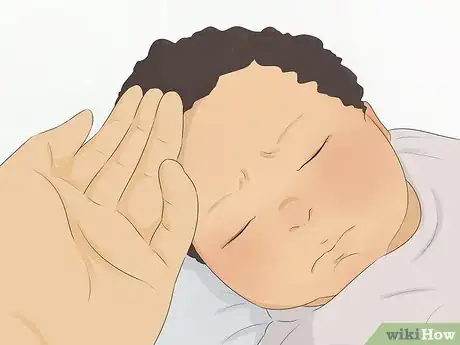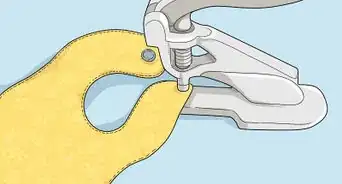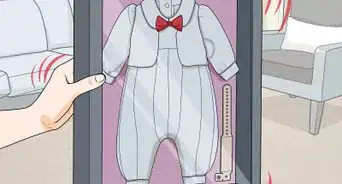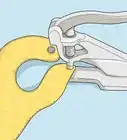This article was co-authored by Julie Wright, MFT. Julie Wright is a Marriage and Family Therapist and the co-founder of The Happy Sleeper, which offers sleep consulting and online baby sleep classes. Julie is a licensed psychotherapist specializing in babies, children, and their parents, and the co-author of two best selling parenting books (The Happy Sleeper and Now Say This) published by Penguin Random House. She created the popular Wright Mommy, Daddy and Me program in Los Angeles, California, which provides support and learning for new parents. Julie's work has been mentioned in The New York Times, The Washington Post, and NPR. Julie received her training at the Cedars Sinai Early Childhood Center.
There are 8 references cited in this article, which can be found at the bottom of the page.
This article has been viewed 39,865 times.
You certainly don't want a newborn to be cold. On the other hand, you don't want the baby to be overdressed and get too hot. Since there's a link between heat stress and the risk of sudden infant death syndrome (SIDS), this is really something to pay attention to.[1] In the summer, this risk may be higher. Dress your newborn in lightweight clothing and keep blankets and other items out of its crib. Take care to keep the room temperature comfortable as well, and you’ll help your newborn sleep soundly and safely during the warm months of the year.
Steps
Dressing Your Baby
-
1
-
2Dress your baby in newborn sleepwear, if possible. Infant sleepwear is manufactured from approved materials, and is designed to fit safely. If you can find newborn summer sleepwear, dress your baby in this at night and nap times.Advertisement
-
3Choose clothes that will keep your newborn’s face clear. Avoid clothing with hoods, high collars, or other parts that might cover the baby’s face while it sleeps. That way it will stay cooler and be able to breathe safely.[4]
-
4
-
5Use a sleepsack rather than a blanket. Experts recommend not putting a blanket in a newborn’s crib because it is a suffocation risk. A sleepsack (wearable blanket), however, wraps safely and securely around the baby with velcro or snaps, removing this risk. However, you should remove the sleep sack if the baby gets fussy or seems hot.[7]
Controlling the Environment
-
1Keep toys, blankets, and pillows out of the crib. Experts recommend that nothing should be in a newborn’s crib or bassinet other than a tightly fitting sheet over the mattress. Toys, blankets, pillows, and other objects can be suffocation hazards and cause a baby to overheat.[8]
- If you co-sleep, make sure that your bedding is kept away from your infant.
-
2Set the room to a temperature comfortable for adults. A sleeping newborn’s room doesn’t need to be significantly warmer or cooler than an adult’s. During the summer, a room temperature between 70-72F (about 21C) should be comfortable for a sleeping newborn.[9]
-
3Turn on a fan. If you don’t have air conditioning, or your baby’s room needs extra cooling, try a box or oscillating fan. However, set it so that it doesn’t blow directly on the baby’s face, and keep it well away from the crib or bassinet.[10]
- Hanging up wet towels in the room is another way to help cool it.
-
4Keep your newborn out of direct sunlight. Even in a room that is relatively cool, sitting in direct sunlight can cause a baby to feel uncomfortable. Set its crib or bassinet in a shaded area of the room, or draw curtains/blinds closed when it’s napping.[11]
-
5Check to see if your baby is hot. There are a few classic signs that a baby is too hot. If you see any of the following signs, remove some of your newborn’s clothing, or take it to a cooler area:[12]
- The baby’s forehead is sweating
- Its ears feel hot to your touch
- You can feel a dent at the top of the newborn’s forehead
- Fussiness combined with any of the above
References
- ↑ https://www.ncbi.nlm.nih.gov/pmc/articles/PMC2246416/
- ↑ Julie Wright, MFT. Parenting & Baby Sleep Specialist. Expert Interview. 6 March 2020.
- ↑ http://www.azdhs.gov/prevention/womens-childrens-health/safe-sleep/
- ↑ https://sleep.org/articles/what-babies-should-wear-to-sleep/
- ↑ Julie Wright, MFT. Parenting & Baby Sleep Specialist. Expert Interview. 6 March 2020.
- ↑ http://publichealth.lacounty.gov/mch/sids/SIDSresources/SIDS_ParentsFamilies/WhatIsSIDS.pdf
- ↑ https://sleep.org/articles/what-babies-should-wear-to-sleep/
- ↑ http://www.azdhs.gov/prevention/womens-childrens-health/safe-sleep/
- ↑ https://www.dshs.texas.gov/mch/pdf/FINAL_Training_Guide.pdf
- ↑ https://www.babycentre.co.uk/a1004500/how-to-keep-your-sleeping-baby-cool-in-hot-weather
- ↑ http://www.newkidscenter.com/Room-Temperature-for-Babies.html
- ↑ http://www.newkidscenter.com/Room-Temperature-for-Babies.html
- ↑ http://publichealth.lacounty.gov/mch/sids/SIDSresources/SIDS_ParentsFamilies/WhatIsSIDS.pdf
